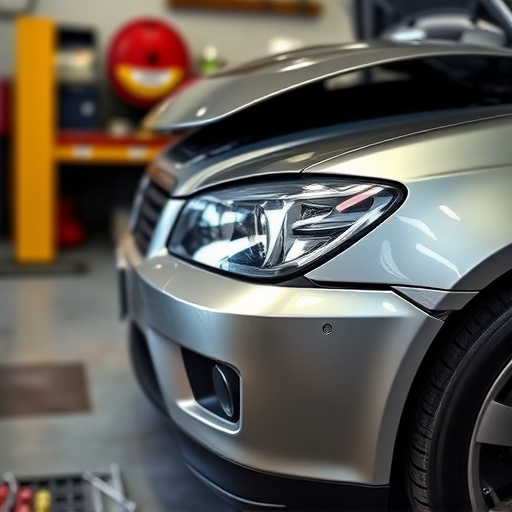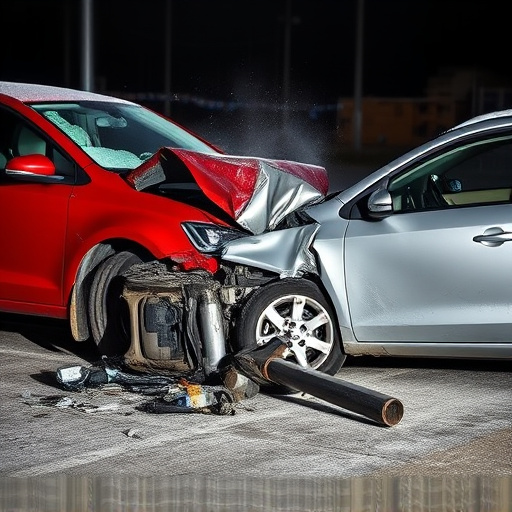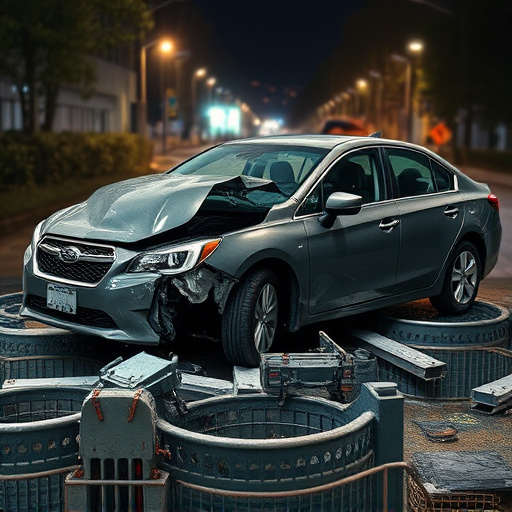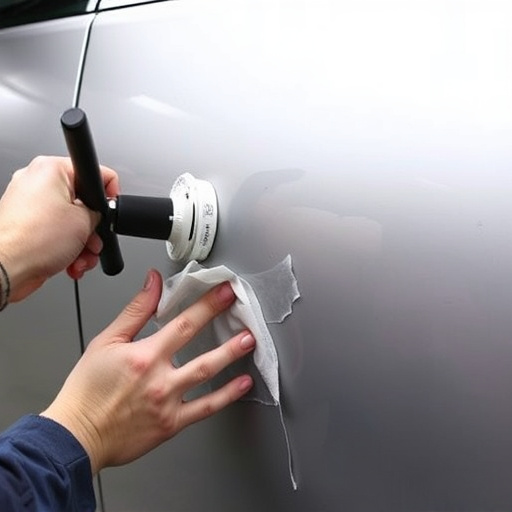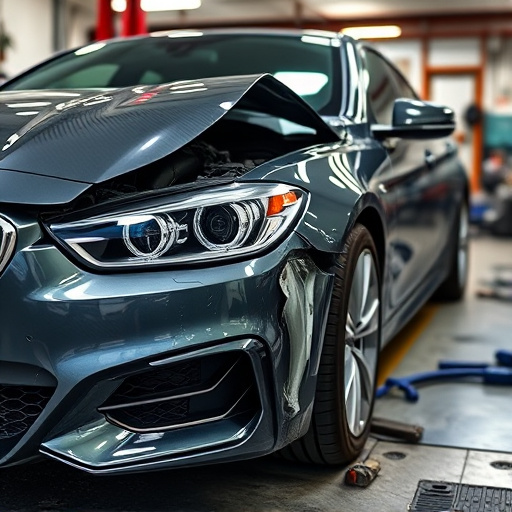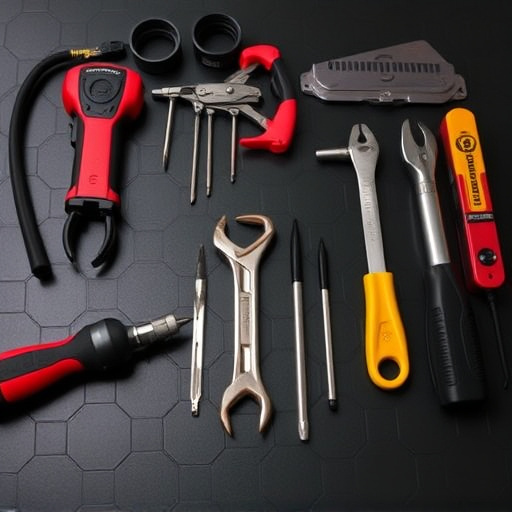Technicians in various industries face risks from heavy machinery, hazardous materials, and confined spaces. Specialized technician safety equipment, including protective gear and advanced tools, minimizes these dangers. In luxury vehicle repair shops, tailored equipment is crucial for precise work and safe environments. Regular training on gear use, maintenance, and importance fosters a culture of safety, preventing accidents despite best equipment.
In the dynamic realm of technical work, ensuring the well-being of technicians is paramount. Proper safety equipment isn’t just a commodity; it’s a shield against potential workplace injuries. This article navigates through the labyrinthine issues faced by technicians, highlighting the significance of understanding risks specific to their tasks. We delve into the essential equipment tailored for diverse job sites and underscore the critical role of training and maintenance in fostering a culture of safety. By embracing best practices for technician safety equipment, we can revolutionize workplace safety standards.
- Understanding Common Technician Risks
- Essential Equipment for Different Jobsites
- Training and Maintenance: The Unseen Guardian
Understanding Common Technician Risks
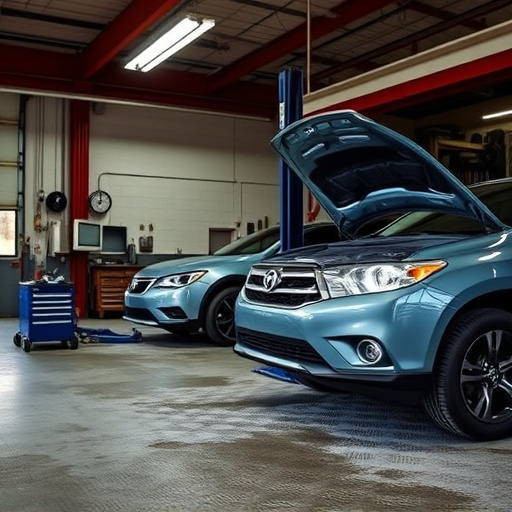
Technicians working in various industries often face unique risks that require specific safety measures to mitigate. Common hazards include exposure to heavy machinery, handling hazardous materials, and performing tasks at elevated heights or in confined spaces. For instance, those involved in car dent removal or fender repair may encounter potentially dangerous situations due to the nature of their work. Proper technician safety equipment is designed to address these risks directly.
Protective gear such as hard hats, safety goggles, and gloves are essential for safeguarding technicians from physical injuries. Additionally, specialized tools and machinery equipped with advanced safety features can significantly reduce the risk of accidents during processes like car paint services. By adhering to safety protocols and utilizing appropriate equipment, work environments can be transformed into safer spaces, minimizing the potential for workplace injuries.
Essential Equipment for Different Jobsites
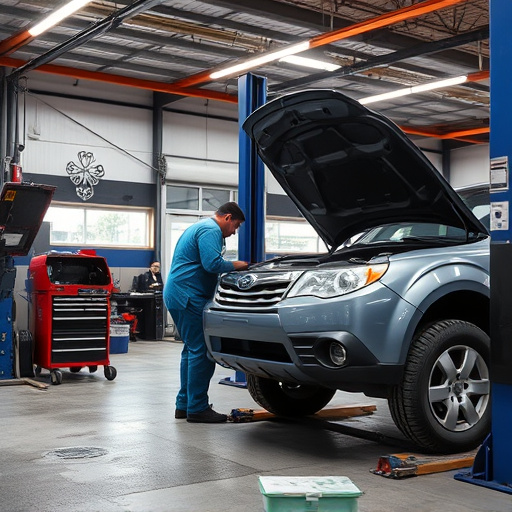
In any technician safety equipment arsenal, the right tools tailored to specific jobsite needs are paramount. For a luxury vehicle repair shop like a Mercedes-Benz service center, specialized gear is crucial. This might include high-quality gloves designed for precision work on intricate automotive systems and safety goggles that shield against flying debris during collision repair.
Additionally, technician safety equipment in such environments should encompass protective clothing, respirators, and even noise cancellation headphones to combat the cacophony of a bustling workshop. These essentials are not one-size-fits-all; they must be chosen based on the unique challenges presented by different tasks, from routine maintenance to complex collision repair, ensuring that technicians remain safe and sound in their workplace.
Training and Maintenance: The Unseen Guardian
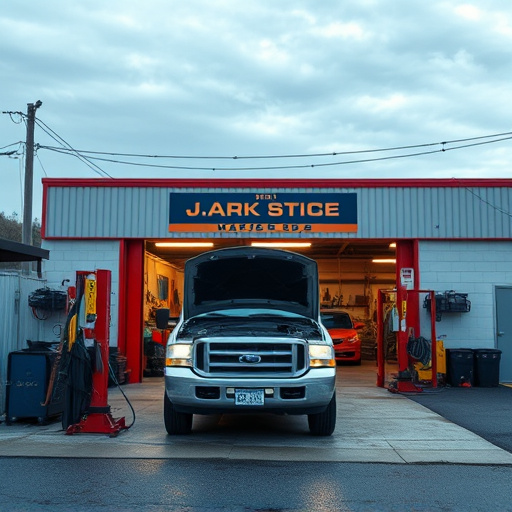
Proper technician safety equipment serves as an unseen guardian in any collision center or car repair service. Beyond hard hats and gloves, thorough training on the use and maintenance of this equipment is paramount. Technicians must understand not only how to operate it but also the importance of regular inspection and upkeep. A well-maintained fire extinguisher, for instance, can mean the difference between a minor spark and a major disaster in a car bodywork service environment filled with flammable materials and potential hazards.
Regular training sessions should cover proper handling of tools, safe lifting techniques, and emergency response protocols. This ongoing education ensures that technicians stay alert to potential risks, fostering a culture of safety that extends beyond the use of technician safety equipment. After all, even the best gear can’t protect against accidents if it’s not used correctly or falls into disrepair.
Proper technician safety equipment is not just a recommendation, but an essential practice that prevents workplace injuries and safeguards technicians across diverse jobsites. By understanding common risks, selecting the right gear for specific tasks, and ensuring rigorous training and maintenance, organizations can foster a culture of safety and productivity. Invested in their well-being, technicians can perform their duties with confidence, knowing they are protected by equipment designed to mitigate potential hazards. This, in turn, leads to a safer, more efficient work environment for everyone involved.
